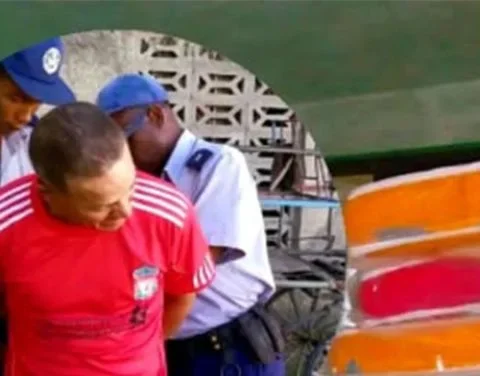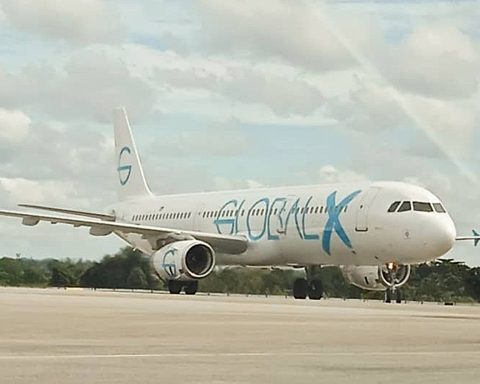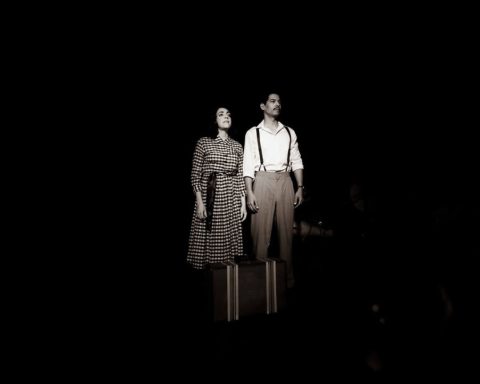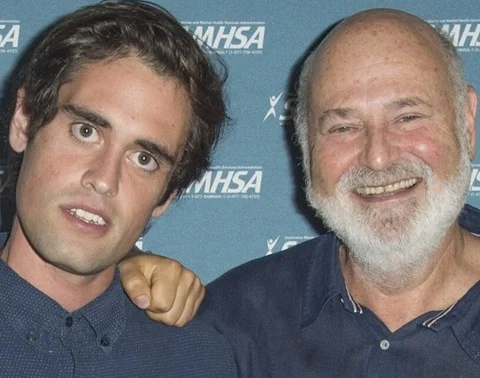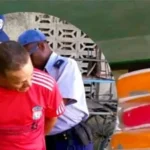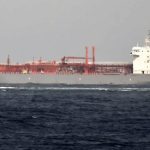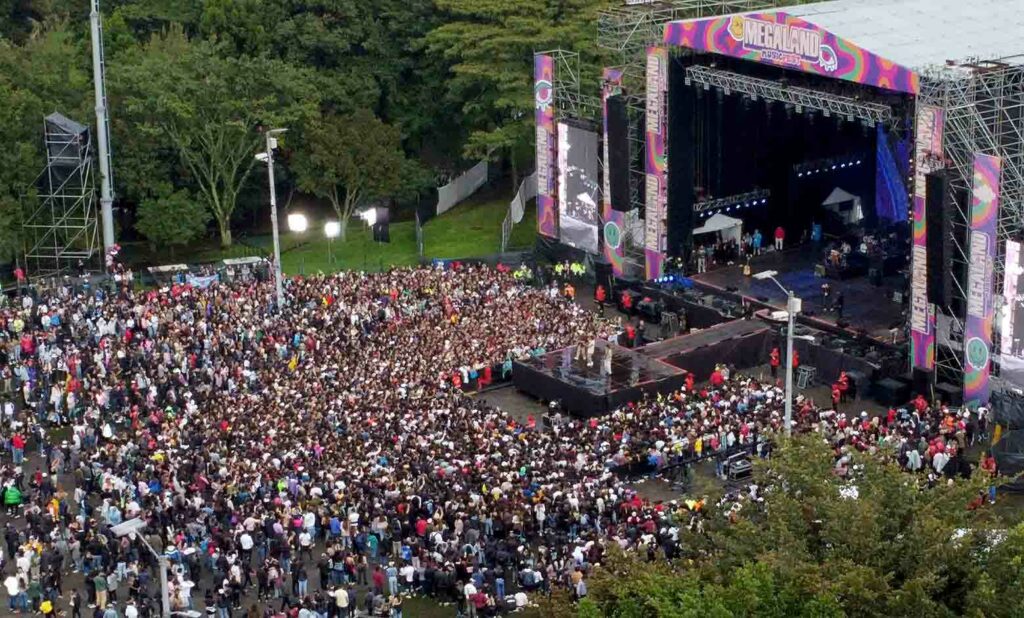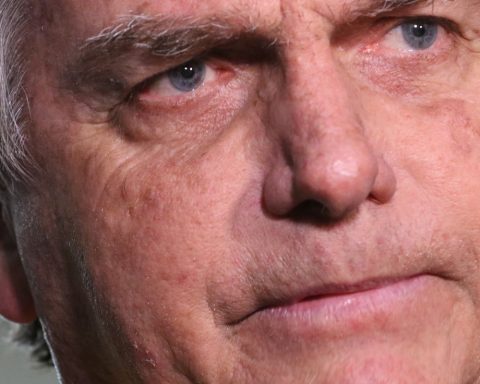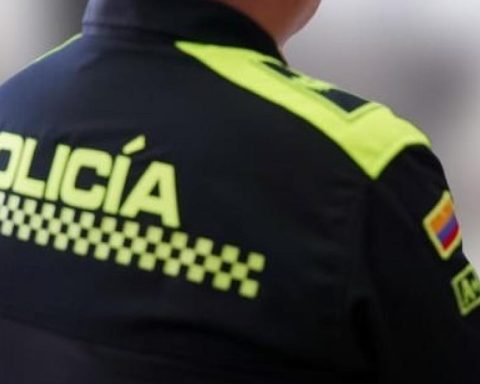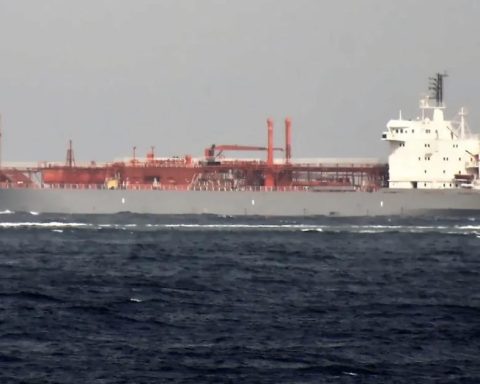“Would I find the Maga? So many times it had been enough for me to look out, coming from the rue de Seine, at the arch that leads to the Quai de Conti, and barely the light of ash and olive trees that floats on the river allowed me to distinguish the shapes, and their slim silhouette was inscribed in the Pont des Arts, sometimes walking back and forth, sometimes stopped at the iron parapet, leaning over the water. And it was so natural to cross the street, climb the steps of the bridge, enter her slim waist and approach La Maga who smiled without surprise, convinced like me that a casual encounter was the least casual thing in our lives, and that the people who gives precise appointments is the same one that needs lined paper to write or that squeezes the tube of toothpaste from below.
But she wouldn’t be on the bridge now. Her thin, translucent-skinned face would peek out of old doorways in the Marais ghetto, perhaps she was chatting with a potato chip vendor or eating a hot sausage on the Sebastopol boulevard. In any case, I went up to the bridge, and La Maga was not there. Now la Maga was out of my way, and although we knew our addresses, every hole in our two fake student rooms in Paris, every postcard opening a little window Braque or Ghirlandaio or Max Ernst against cheap moldings and garish wallpaper, still we wouldn’t look for each other in our houses. We preferred to meet on the bridge, on the terrace of a café, in a movie club or crouched next to a cat in any patio in the Latin Quarter. We walked without looking for us but knowing that we were to meet.”
With that search, turned into a well-known disagreement, starts Hopscotchthe famous novel by Argentine writer Julio Cortázar, published almost six decades ago.
Paris, the Seine River and its Points des Arts (turned into a World Heritage Site in 1999), are the scene and witnesses of that non-encounter narrated by Horacio Oliveira himself, the protagonist of the plot that, excited and eager, seeks from the first page to his lover Lucía, better known as “La Maga”.
The reader’s subjectivity with this novel (read in any of its possible ways of reading and endings), inevitably leads to an appropriation of places, situations and characters. Later, if there is the opportunity to walk through “The City of Love”, even once in a lifetime, -especially walking along the banks of the Seine-, we will see how reality and fiction intermingle to the point that Horacio and La Maga could perfectly be any of the couples we come across.
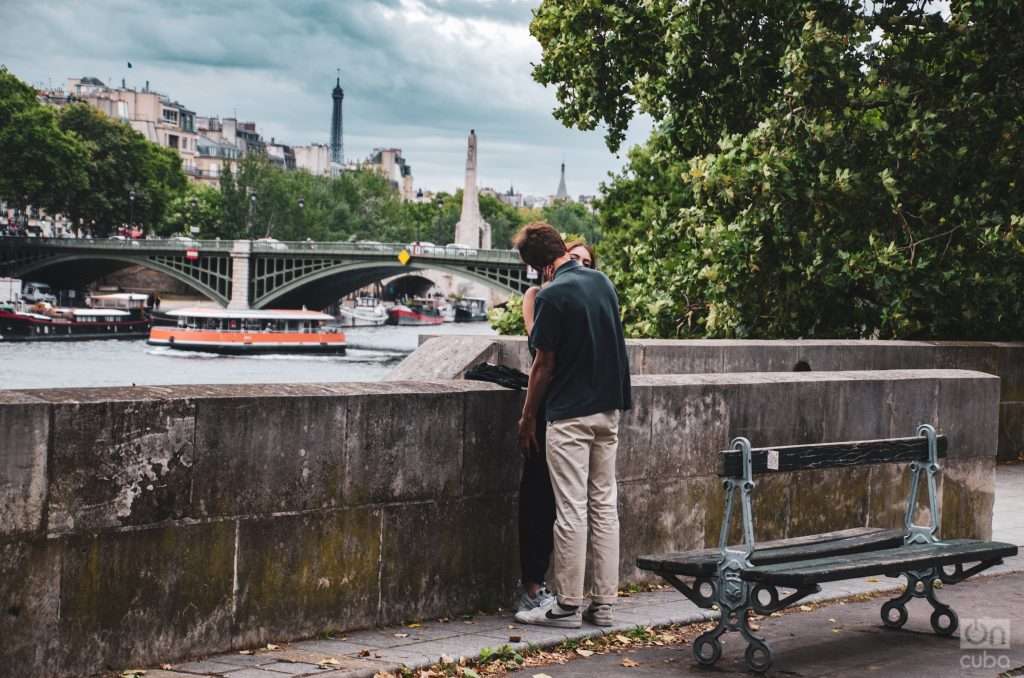

On the margins of that geographical feature, before Paris was founded, was Lutetia Parisiorum, a Roman city. In fact, the first bridge over the Seine was built at the time of Julius Caesar, back in 52 BC.
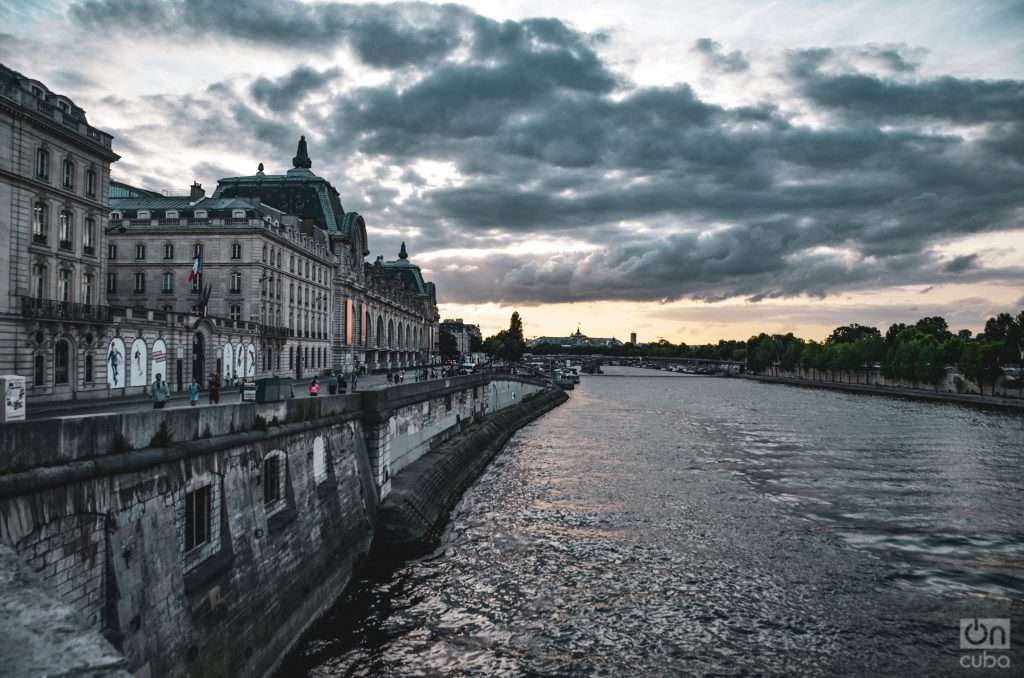

Paris was rising around its river. For this reason, it would not be Paris without the 13 km of the Seine that crosses it and divides it into two different parts: the right bank or bank and the left bank or bank. Either Hopscotch would Hopscotch if there were no city like Paris and a river like the Seine.
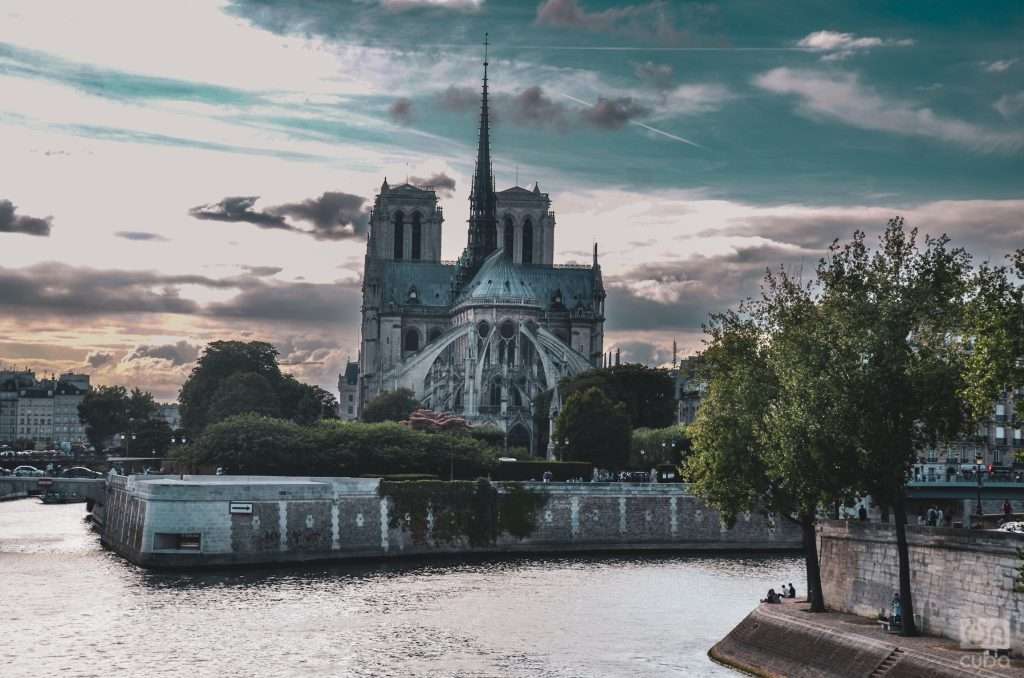
In the same way, this would not be one of the best-known rivers in the world if it did not pass through Paris. It is not even the longest and mightiest watercourse in France (it is surpassed by the Loire and the Rhône). Moreover, it is 777 km long and does not leave the Gallic country (it starts in the commune of Source-Seine and flows into the English Channel, near Le Havre). Its waters, by no means crystal clear, are part of Parisian charm as the most glamorous or historical of its symbols.
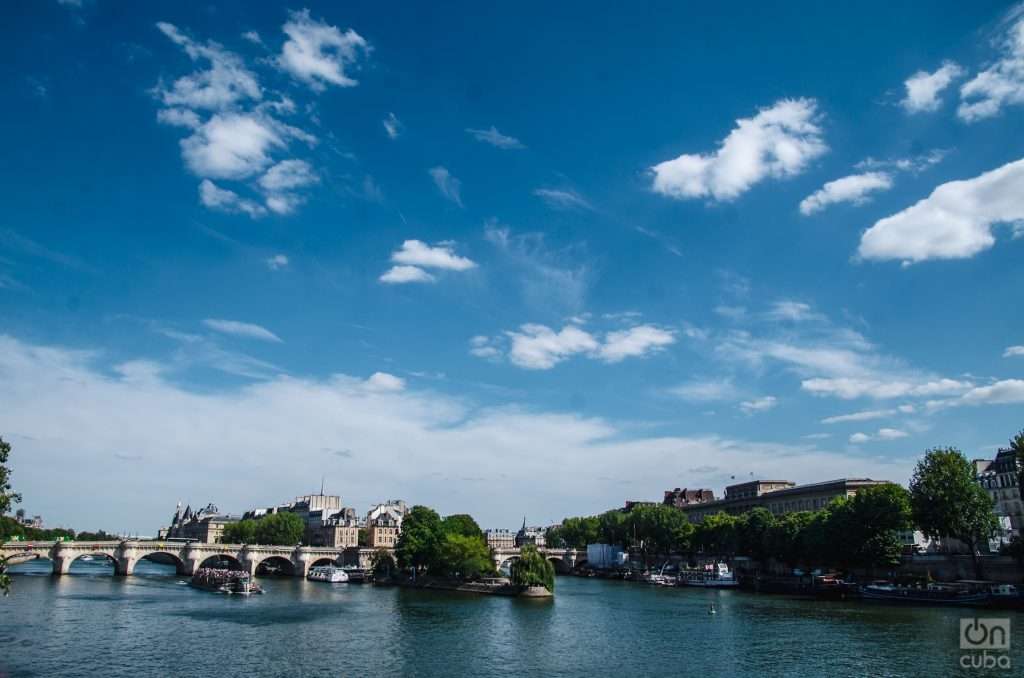
Thousands of tourists sail there daily, aboard the Bateaux Mouches —those typical French open-air excursion boats—, who contemplate a large part of the architectural and monumental heritage such as the Eiffel Tower, the Louvre Museum or the Notre Give to me. These tours also allow you to disembark on the three islands of the Seine: Saint-Louis, Cité and Cygnes.
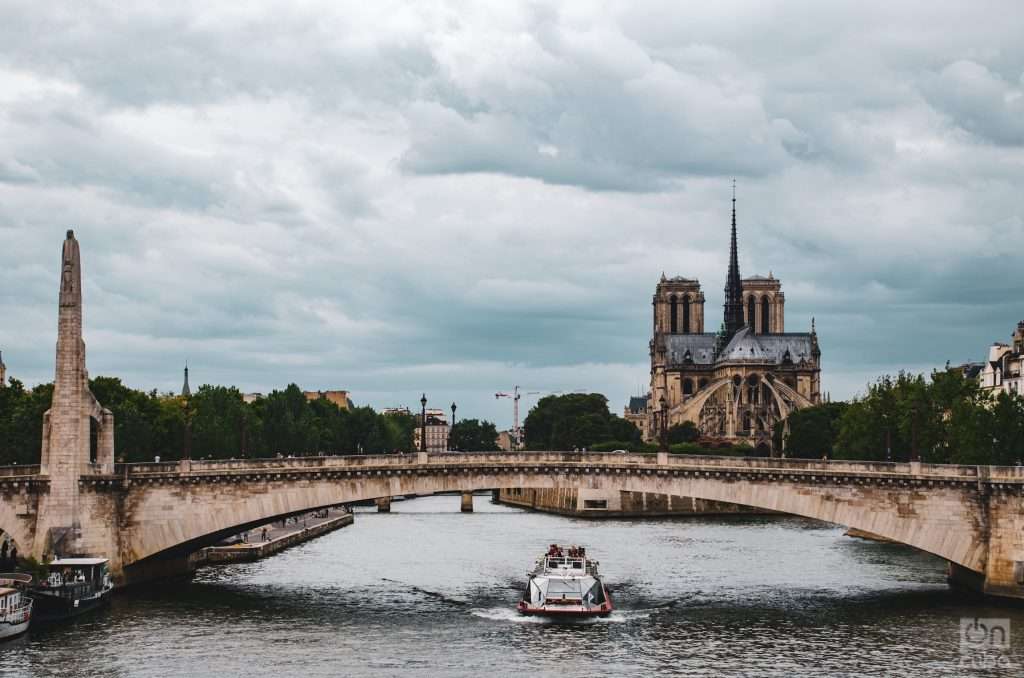
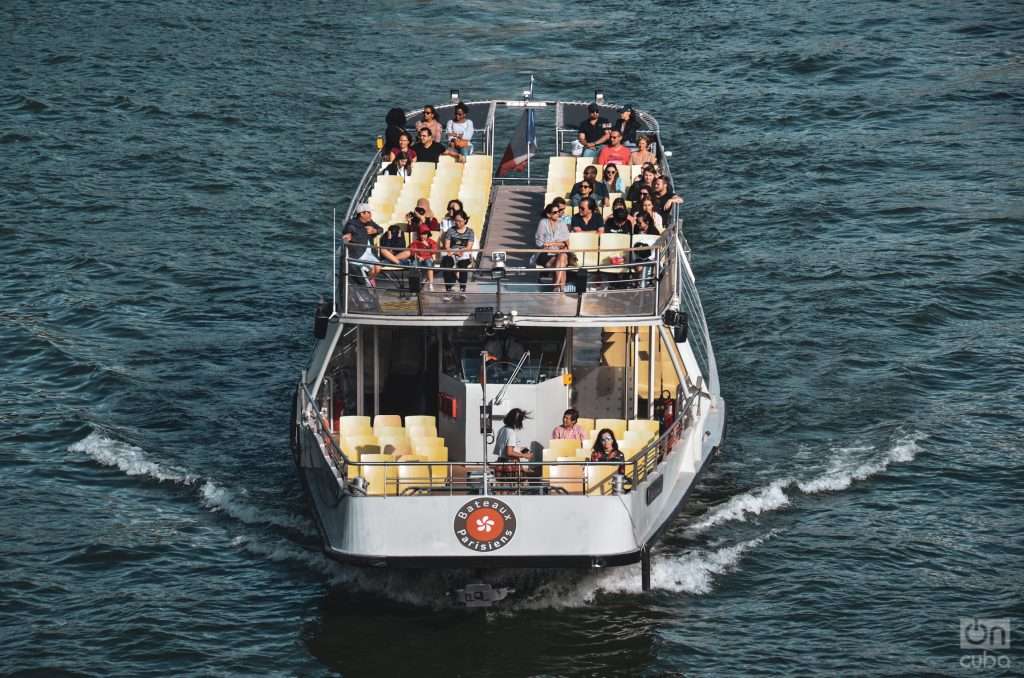
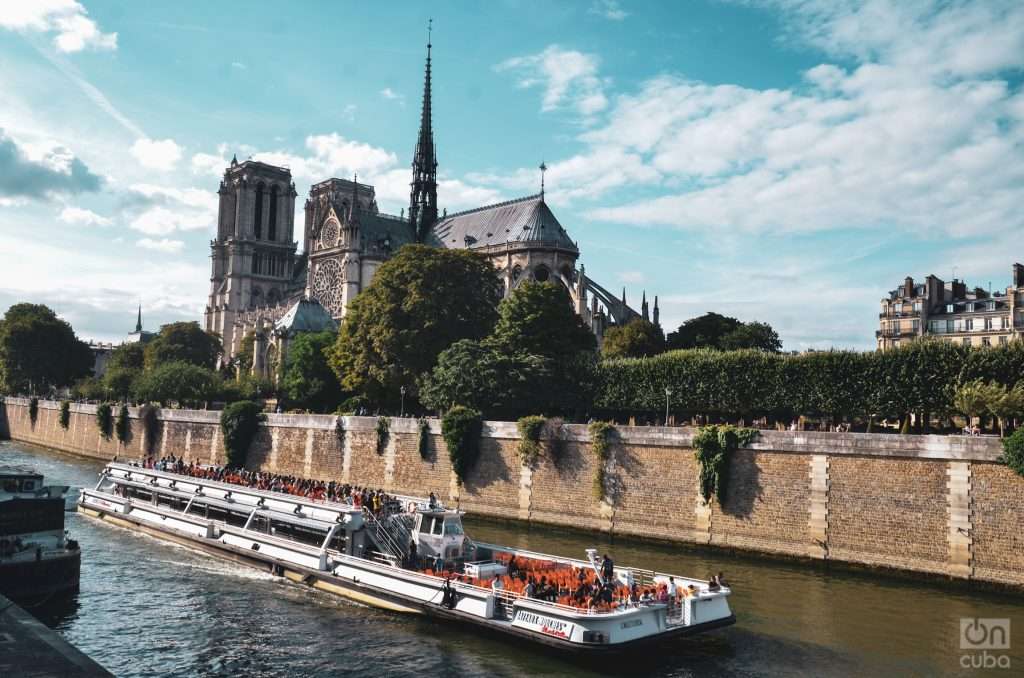
Another curious way to cross the river is crossing the 37 bridges that join the two banks. Or cross it (although without being able to see the landscape) through one of the nine underground metro lines in the city.
Going through the used and old book stalls installed on the docks is another of the attractions of the city around the river.
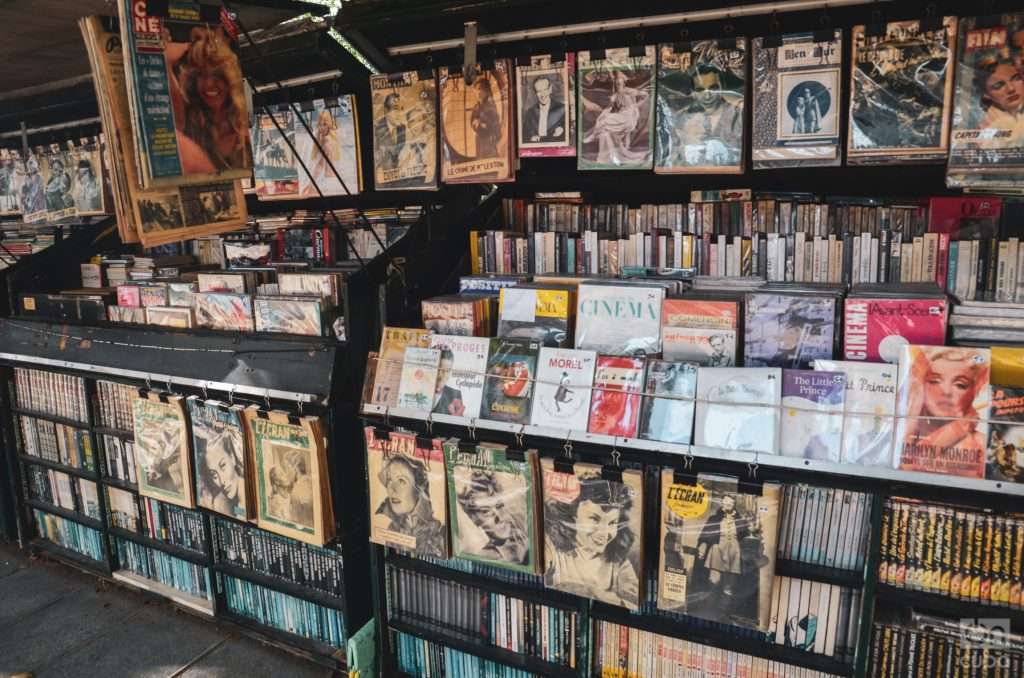
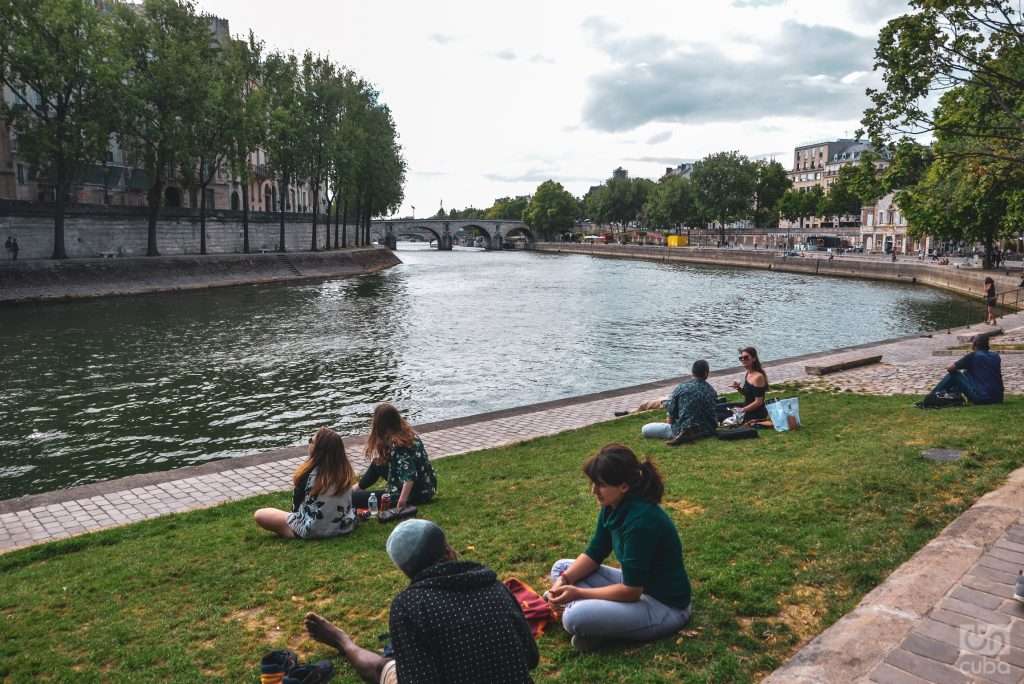
Also cafes and restaurants. By the way, there is nothing like tasting a delicious grilled catfish for dinner, —the largest freshwater fish in Europe and that can be caught in the waters of the Seine—, accompanied by white wine.
The night always ends in a bar, with the reflection of the lights in the river or dancing in a small square, under the blanket of the stars.

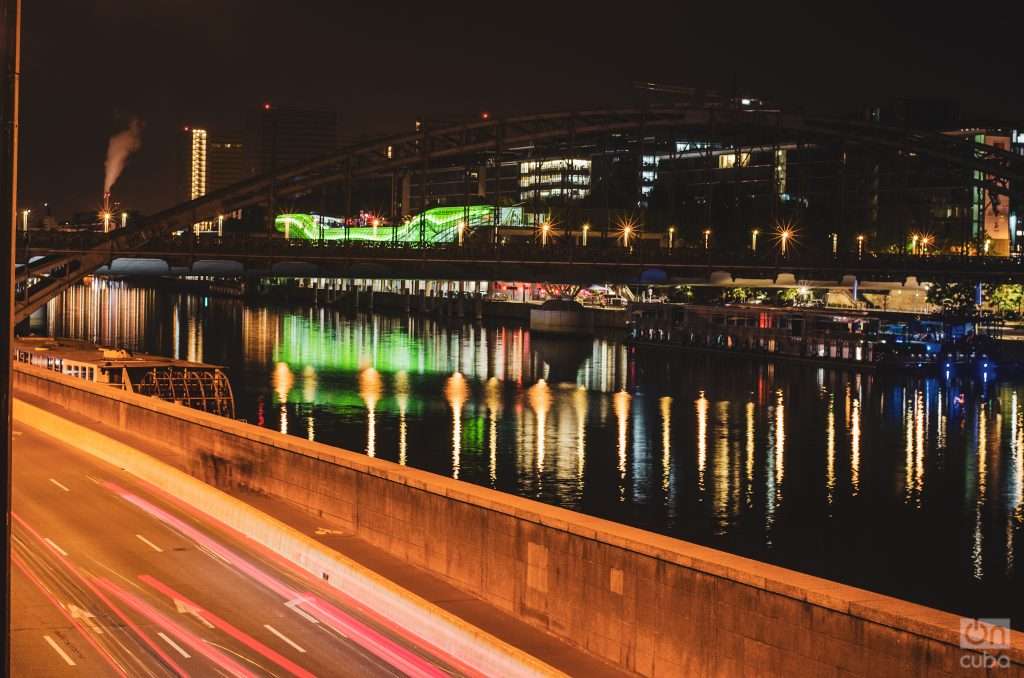
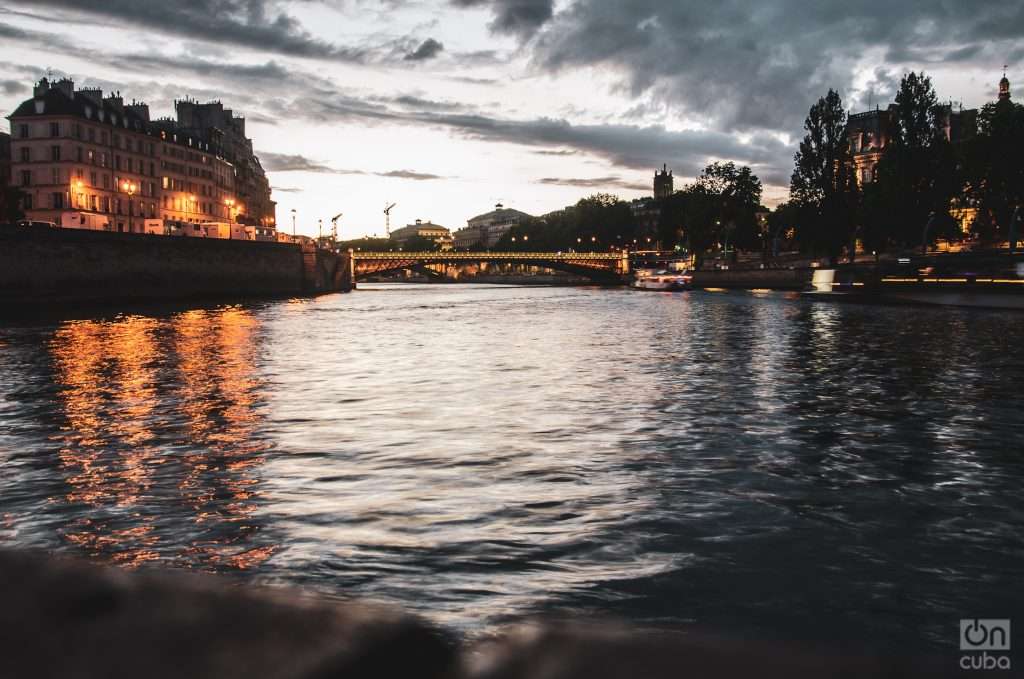


the of Hopscotch It is a story (not just any story) of many that have the Seine as the surrounding scenery. That river artery keeps many pages of love and heartbreak. Also tragic episodes. The Romanian poet Paul Celan, tormented by constant depression, ended his life by throwing himself into the waters of the Seine on April 20, 1970.
Either way, it is impossible to escape such charm. A thirtysomething Cortazar knew it well, he arrived in the French capital in 1951, and never left. He used to walk to the left bank of the Seine and sit down to watch the routine life of the passers-by. Or stay spellbound with your gaze, water in between, at the monuments that rise near the river, such as the Notre Dame Cathedral.
“Would I find la Maga?”, I return to that initial question of Hopscotch, to which some of us already know the answer. And perhaps we should not get out of that question, but navigate through it as a pretext to look for ourselves whenever we return to the Seine.


